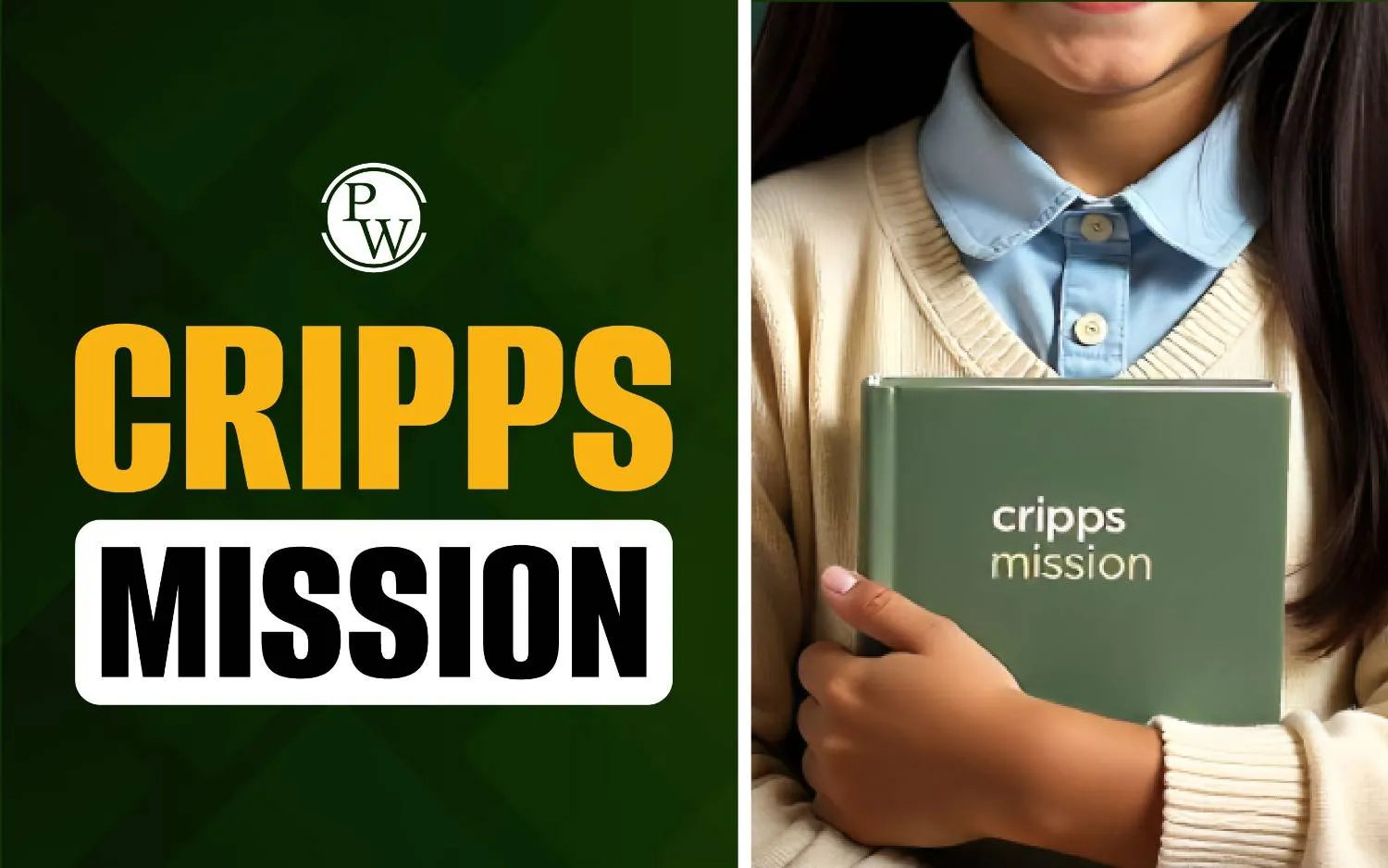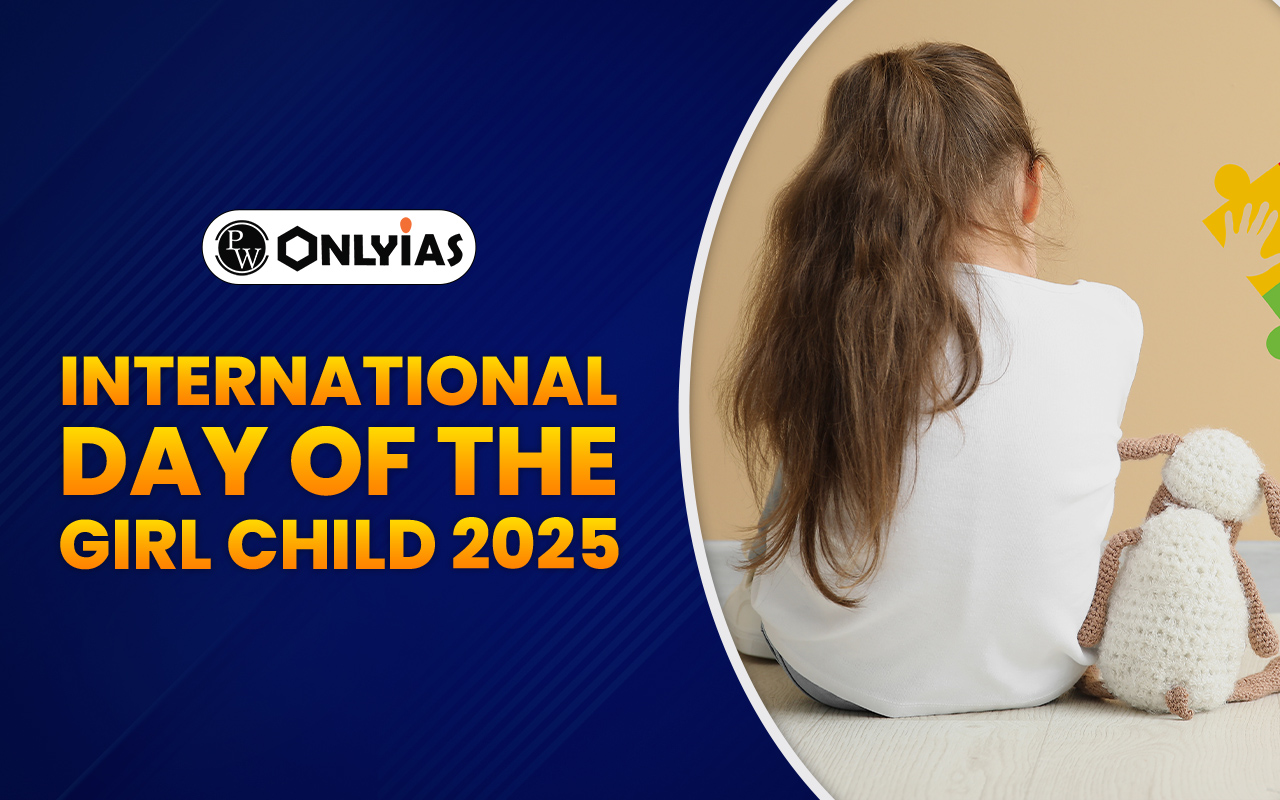

The Cripps Mission was a British political initiative sent to India in March 1942 during World War II. It was sent by PM Winston Churchill to secure Indian support for the British war effort by offering a promise of post-war self-government. The mission was led by Sir Stafford Cripps and tried to offer Dominion status after the war.
Cripps Mission 1942
In March 1942, the British government sent Sir Stafford Cripps to India with a political offer intended to gain the cooperation of Indian leaders in the ongoing Second World War. This initiative, known as the Cripps Mission, aimed to assure Indian political parties that self-governance would be granted after the war ended.
Cripps brought with him a set of proposals which included the Dominion status after the war, the formation of a constituent assembly to draft a new constitution, and the right for provinces to opt out of the future Indian Union if they chose. Despite appearing to offer significant political concessions, the plan fell short of Indian aspirations for immediate independence.
It led to disappointment among Indian leaders and further widened the gap between the British and Indian nationalists. The mission’s failure was one of the reasons behind the launch of the Quit India Movement later in 1942.
Why Was the Cripps Mission Sent to India?
The Cripps Mission was sent to India in March 1942 for several reasons. These include:
-
Japanese Threat: Japan’s rapid advance in Southeast Asia, including the fall of Burma and Singapore, brought the war close to India. Britain feared a possible invasion and sought Indian support for defense.
-
Allied Pressure: Britain faced mounting pressure from its Allies, the U.S., Soviet Union, and China, to resolve Indian political tensions and secure full cooperation in the war.
-
Rising Indian Expectations: Indian leaders, especially the Congress, expected meaningful power-sharing and a clear path to independence. British proposals until then had fallen short, fueling unrest.
-
Need for Internal Stability: To effectively mobilize India's resources and prevent disruptions following the failure of the August Offer, Britain needed political calm at a critical phase of World War II.
In short, the Cripps Mission was a political move to balance military needs and manage Indian political aspirations.
Cripps Mission Members
The Cripps Mission was led by Sir Stafford Cripps, a senior member of the British War Cabinet and a well-known socialist. He was respected by both British and Indian leaders for his progressive views. Other key members of the Cripps Mission included:
-
Lord Pethick-Lawrence: Secretary of State for India, responsible for presenting the mission’s proposals.
-
A.V. Alexander: First Lord of the Admiralty.
-
Sir John Anderson: Chancellor of the Exchequer.
-
Sir Maurice Gwyer: Constitutional expert and legal advisor who helped draft the proposals.
The Cripps Mission held multiple rounds of meetings with Indian leaders, but failed to bring about a common agreement.
Cripps Mission Proposals
The Cripps Mission offered several proposals in March 1942. These were known as the Draft Declaration. Below are the key Cripps Mission proposals:
-
India would be given Dominion Status after the war. This meant it would be free but still be part of the British Commonwealth.
-
A Constituent Assembly would be formed after the war to frame a new constitution for India.
-
British provinces and princely states would be free to join or not join the new Indian Union.
-
Any province not joining the Union could have its own constitution and form a separate Union (which hinted at partition).
-
During the war, the British would retain control over defense and external affairs, and the Viceroy’s powers would remain unaffected.
These proposals sounded promising to some, but they also had many vague points. Most Indian leaders found them unsatisfactory.
Reactions of Indian Leaders to the Cripps Mission
The Cripps Mission received mixed and mostly negative reactions from Indian political parties and leaders. Here is how different groups responded:
-
Indian National Congress rejected the proposals. Gandhi called it a “post-dated cheque on a crashing bank”. Congress wanted immediate self-rule, not promises after the war.
-
Jawaharlal Nehru said the offer did not grant real freedom. The idea that provinces could opt out of the Union was dangerous.
-
Muslim League, led by Jinnah, also rejected the proposal. Although the option to not join the Union could favour Pakistan’s creation, Jinnah believed the offer lacked clarity on Pakistan.
-
Other groups, like the Hindu Mahasabha and Sikhs, also had concerns about the right of provinces to opt out.
-
Dr. B.R. Ambedkar did not support the mission either, as it did not provide sufficient safeguards for Dalits.
In summary, no major political party or leader fully supported the Cripps proposals.
Reasons for the Failure of the Cripps Mission
The Cripps Mission failed due to several key reasons:
-
No Immediate Transfer of Power: Congress wanted immediate self-rule. Cripps offered freedom only after the war.
-
Defence Control Remained with the British: This was unacceptable to Indian leaders, who wanted full control.
-
Right to Separate Union: This clause opened the door for partition. Congress opposed it strongly.
-
Lack of Trust: Indian leaders did not trust British intentions. They felt the proposals were vague and were made to delay freedom.
-
British Conservative Opposition: Churchill and others were not serious about granting real freedom.
-
Contradictions in Proposals: The idea of a united India and the right to secede could not go hand in hand.
All these factors led to the mission’s failure and increased frustration among Indians.
Cripps Mission Impact on the Indian Independence Movement
The failure of the Cripps Mission had a deep impact on the Indian freedom struggle. Its failure:
-
Strengthened the demand for complete independence. Congress realised that British promises were not reliable.
-
Laid the groundwork for the Quit India Movement. Just four months after the mission failed, Gandhi launched the Quit India Movement in August 1942.
-
Exposed the real intentions of British rule. It became clear that the British wanted Indian support without offering actual freedom.
-
Increased public discontent. The failure led to more protests and anger against British policies.
-
Further widened the Hindu-Muslim divide. The idea that provinces could leave the Union gave new energy to the demand for Pakistan.
In short, the Cripps Mission pushed Indians closer to demanding full and immediate freedom, and directly influenced future movements.
Want to explore such historic events in detail and prepare effectively for UPSC? Check out the UPSC Courses by Physics Wallah and boost your preparation today!
Cripps Mission FAQs
Who sent the Cripps Mission to India?
What was the purpose of the Cripps Mission?
Who led the Cripps Mission?
Why did Indian leaders reject the Cripps proposals?
What did Gandhi call the Cripps Mission?
What happened after the Cripps Mission failed?

UPSC Coaching












